You are here
Back to topExtended Sales Period for Xinjiang Sugar Plums This Year
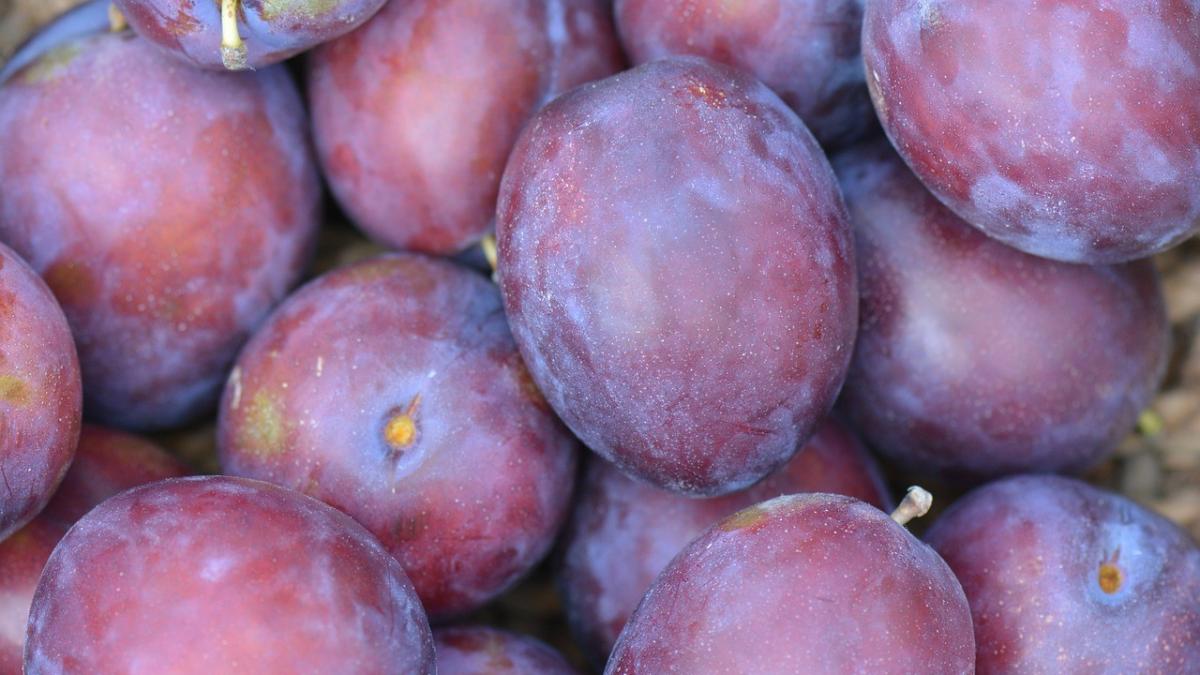
A promotional event for sugar plums from Payzawat County in Xinjiang province was recently held at Beijing’s Xinfadi wholesale market. These plums were sent by air, allowing them to arrive at the market with ideal firmness and size. Reports indicate that this year’s sugar plum production in Xinjiang will be higher than in previous years, leading to a reduction in overall market prices. Two-kilogram cartons are currently priced at 85–90 Chinese yuan ($11.92–12.62), significantly lower than the typical early-season prices of over 100 yuan ($14.02) seen in previous years.
Sugar plums from Payzawat County are regarded to be of exceptional quality owing to the region’s abundant sunshine, which ranges from 2,534 to 3,051 hours annually, and a diurnal temperature variation of 14.3 degrees Celsius. Because of the environmental conditions and slightly alkaline soil, growers in Payzawat County do not need to use pesticides or ripening agents, and the plums feature a sugar content as high as 23%.
Payzawat County has a sugar plum cultivation area of about 37,000 hectares, accounting for approximately 40% of China’s total. The county produces 60% of the nation’s sugar plums, making it the largest production and distribution hub for sugar plums in China. In 2019, Payzawat County’s sugar plum production was just 40,000 metric tons, but by 2023 it had surged to 250,000 metric tons. This year, sugar plums from Payzawat County began reaching the market in early August, with an anticipated production of 350,000 metric tons.
In the Yuejia Modern Sugar Plum Industrial Park (粤伽新梅现代产业园), sugar plums are sorted and packaged on the production line of Doowin Agricultural Technology Company (德汇好物农业科技公司) before being distributed via cold-chain logistics to major cities such as Beijing, Shanghai, Guangzhou and Shenzhen. The freshly picked sugar plums are delivered to a cooling facility within four hours, where they are chilled to below 4 degrees Celsius using ice water. They are then transferred to a specialized storage facility, where an electromagnetic field is applied to reduce the activity of the fruit cells, thereby extending the shelf life of the plums. After sorting and packaging, the sugar plums are stored under a modified atmosphere, in which the oxygen is removed and replaced with inert gases such as carbon dioxide and nitrogen to slow down the respiration of the fruit cells.
Owing to these advanced treatments, the sugar plums can stay fresh for up to 3–6 months under cold-chain conditions. As a result, the sales period, which previously lasted only 20–30 days, has now been extended to two to four months.
Image: Pixabay
This article was translated from Chinese. Read the original article.



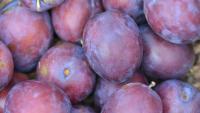
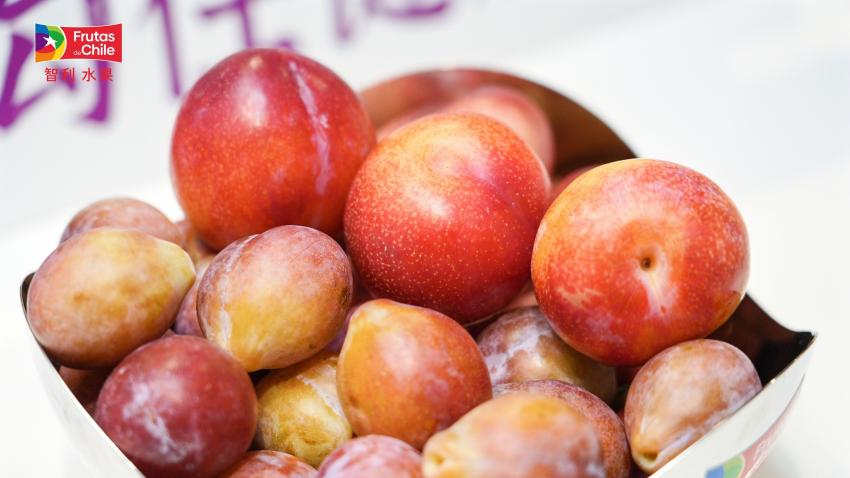
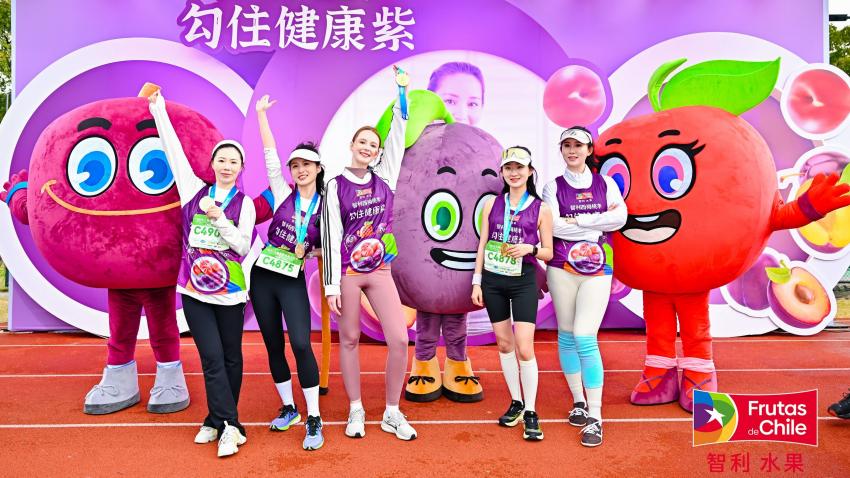

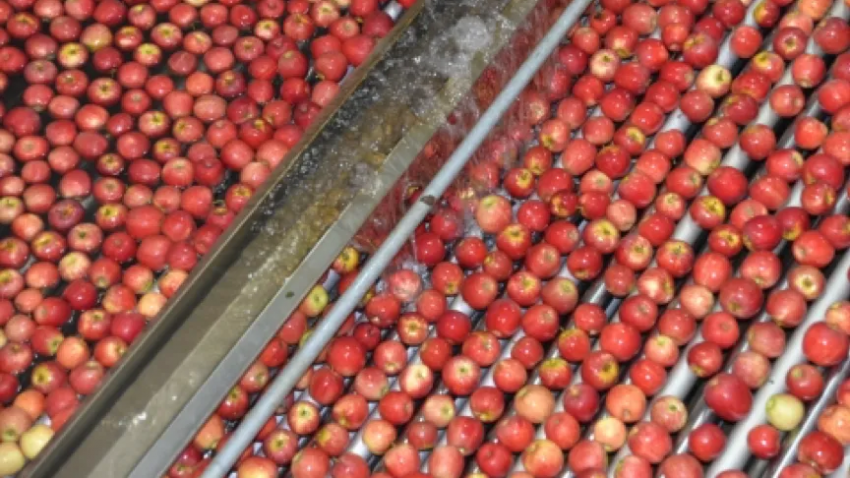







Add new comment